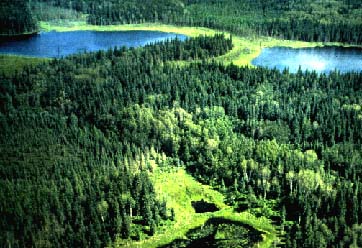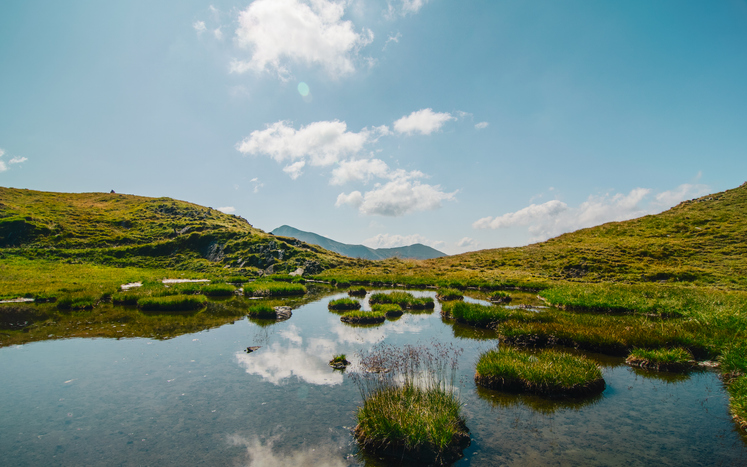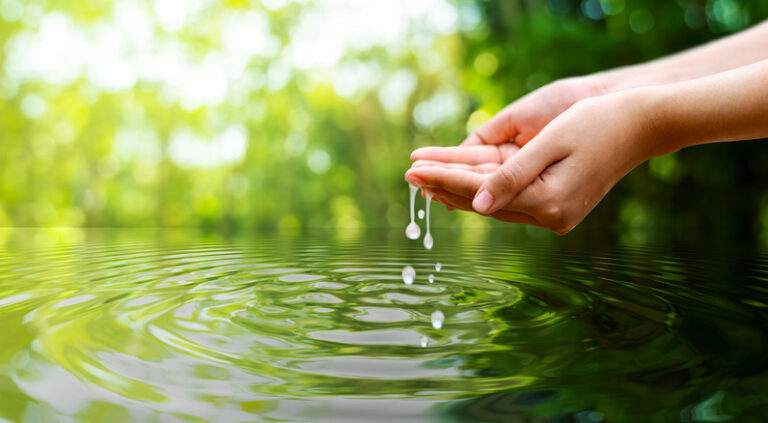
Canada’s boreal, the world’s largest intact forest and on-land carbon storehouse, contains more unfrozen freshwater than any other ecosystem, says a new report from Pew Environment Group.
A Forest of Blue: Canada’s Boreal Forest, the World’s Waterkeeper compiles decades of research and finds that the boreal forests
- Contain 25 per cent of the planet’s wetlands, millions of pristine lakes, and thousands of free-flowing rivers, totaling more than 197 million acres of surface freshwater;
- Provide an estimated $700 billion value annually as a buffer against climate change and food and water shortages;
- Offer the last refuges for many of the world’s sea-run migratory fish, including half of the remaining populations of North American Atlantic salmon.
- Maintain freshwater flows critical to forming Arctic sea ice, which cools the atmosphere and supports marine life, from sea algae to polar bears; and,
- Store more than 400 trillion pounds of carbon in lakes and river delta sediment, peatlands and wetlands—more than any other terrestrial source in the world.
“The world needs to move quickly to preserve precious water resources,” said University of Alberta’s David Schindler, a member of the International Boreal Conservation Science Panel (IBCSP), which reviewed the report. “Enacting sound conservation policy to protect Canada’s free-flowing waters and wetlands in the boreal is not just a local issue; it is one of global importance.”
The report highlights industrial activities and global demand for resources as major impacts on boreal forests. It concludes that governments should protect entire river, lake and wetland ecosystems by preserving intact 50 per cent of Canada’s boreal forest requiring sustainable practices for industrial activities taking place in the remaining areas.
“In conservation, so much of the discussion is centered on scarcity and loss,” said Dr. Stuart Pimm, Doris Duke Chair of Conservation Ecology at Duke University and IBCSP member. “Canada has an extraordinary opportunity that does not exist anywhere else in the world to keep its aquatic ecosystems intact and to create a positive ripple effect on the land, animals, birds and people who depend on these resources.”









